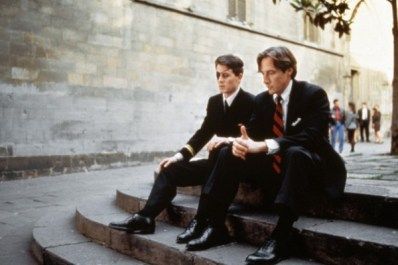Before Whit Stillman’s recently released Love & Friendship, there was the strange, frat-house comedy of manners, Damsels in Distress—his personal favorite.
Whit Stillman needs to go shopping.
“I really have to buy some new clothes,” he frets. “I have spent the last twenty years in full-on slob mode—favored clothes I wear until they fall apart.”
Then a sheepish confession: “My cheapskatism has become pathological. I can’t bear to spend money on anything. I think some such tendencies have a moralistic basis. It’s my version of vegetarianism.”
It is an answer worthy of Metropolitan’s Nick Smith (Chris Eigeman) or Barcelona’s Ted Boynton (Taylor Nichols).
Indeed, as the auteur of twenty-something East Coast privilege (the Urban Haute Bourgeoisie, or U.H.B.), one assumes a carefully curated wardrobe would come easy for Stillman. “I would like clothing styles to return to something better looking and more carefully arranged.”
Nattily dressed or not, things are looking up for the acclaimed writer-director who spent most of the 2000s off-screen, toiling away in relative obscurity. With his new film Love & Friendship (an adaptation of the unfinished Jane Austen novella, Lady Susan) opening wide, there are red carpet premiere events, television interviews, and photo shoots galore—activities that will require him to spruce up a bit.
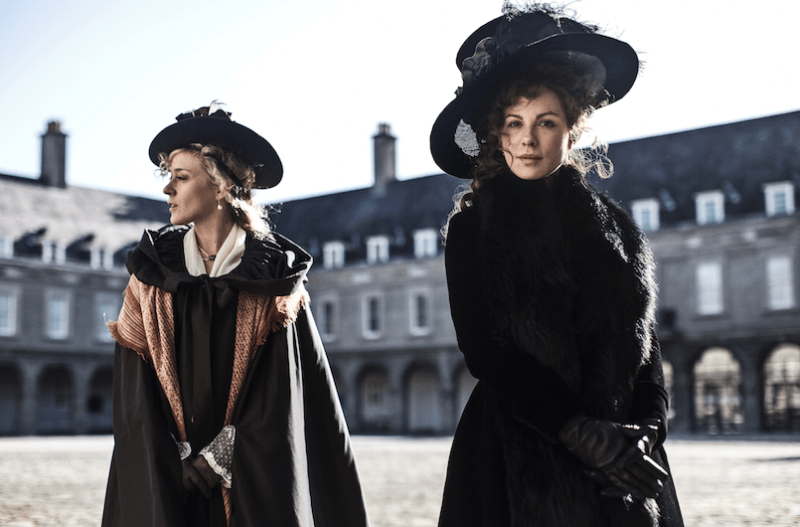
“I think we do feel better dressed comfortably and well—I just haven’t achieved that myself.”
…
With the arrival of Stillman’s latest comedy, it is tempting to muse on the trilogy that put his name on the map—earning him an Academy Award nomination, Independent Spirit Award, and a coveted spot in the Criterion Collection.
Metropolitan (1990), Barcelona (1994), and The Last Days of Disco (1998) represent one of the most celebrated, idiosyncratic, fully realized first three films in American cinema. Yet 2011’s oft-overlooked Damsels in Distress is the director’s personal favorite—if for no other reason than the pleasure he had making it and the vague disappointment many expressed upon its release.
“That Damsels was so ‘divisive’ really threw me,” he admits. “I had thought that the film would be easy to take—a crowd-pleaser—but from the very first frames it drove a large minority batty.”
Inspired by 1930’s Hollywood fantasy romances, Damsels includes singing, dancing, snappy dialogue, and an unabashedly happy ending. The film marked Stillman’s long-awaited return to cinemas after a decade-long drought.
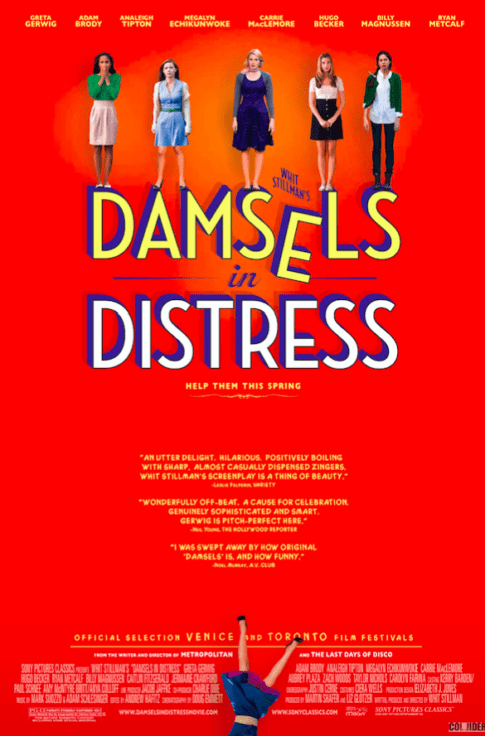
Stillman attributes the mixed response to Damsels to several characteristics of the film that may have frustrated some. “There is little obvious attempt to adhere to realism—with a strong whiff of Archie comics. And ‘realism’ is the cinema God many worship.”
There was resistance to Greta Gerwig’s character, Violet, the heroine of Damsels. “In scores of prior films, the new arrival character, Lily [played by Analeigh Tipton] would be the heroine, Violet and her friends the mean girls. But I hated the conformist Lily (while liking the actress) and loved Violet, so I think the film’s point of view was at cross-purposes to that of part of the audience.”
Stillman points out “virtuous or ‘improving’ characters like Violet rub some people very much the wrong way.” (re: Jane Austen’s Emma & Fanny Price). And that “a great many people don’t seem to love the comedy of stupidity—the frat boy characters—as much as I do. It seems unpardonably infra dig to them.”
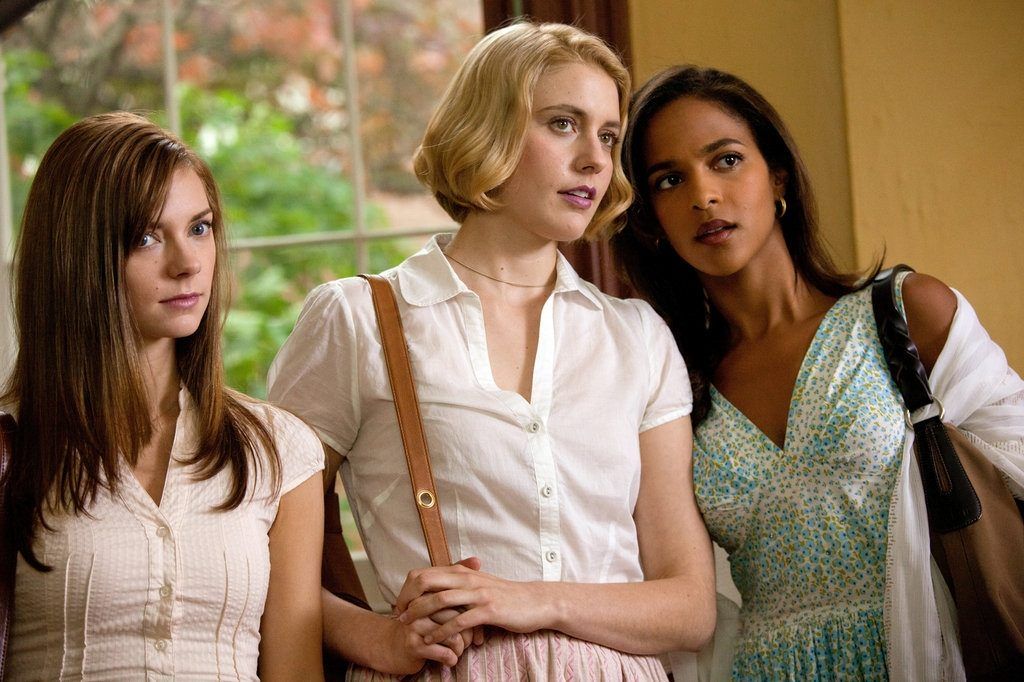
But there is something else about Damsels in Distress, something consistently strange in all of Stillman’s movies: the director’s utter lack of cynicism, paired with a sense of nostalgia as a force for good, rather than rank sentimentalism.
“I think it’s desirable and more entertaining that what’s represented on film is improved or distilled from the everyday norm,” Stillman explains, “I don’t think what we see everyday is worth paying cinema prices for, or even worth our streaming time.”
This is meant as a defense for dialogue that might seem stylized or overly arranged. But it is a useful explanation for Stillman’s films’ purity of intent. Never on-the-nose, Stillman’s dialogue is written without subtext—direct, serious, guileless. He is no ironist, which should not imply that his work exists to teach or preach.
“All the films so far have been about finding one’s proper path in life, finding one’s ideal identity, usually in relation to one’s membership in a sympathetic group and, especially, ‘pairing off’ with a romantic partner.” But he is quick to add;
“Proscriptive advice on how to escape life’s various traps—broken hearts, tailspins, depression in “Damsels”—is more the ‘matter’ of the story than the destination. Happiness in life is often constructed from tiny wonderful things—hot toast with butter—not big things.
Violet’s obsession with fragrant soap for instance: “Though good-smelling soap is probably even more important than toast, as the enhancement can last for hours.”
…
Nowhere in Stillman’s work is the non-ironic value of dance so nearly prescribed than in Damsels in Distress.
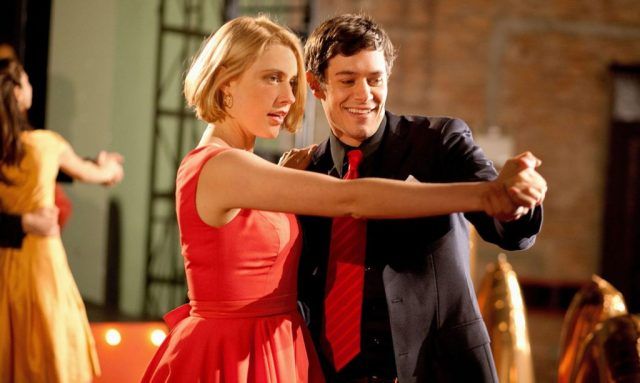
For a filmmaker obsessed with Hollywood musicals, Stillman believes that dancing is one of the lost wonders of our world: “I think one of the very weird things about the present is how important and dangerous words have become,” Stillman says.
“A stupid phrase, joke or tweet can ruin one’s career, or life—while dancing is hardly to be found, entirely unimportant and uncentral. Dancing should be at the center of life, words to the side. You see a movie such as Rene Clair’s “Under the Roof of Paris” (1930) and they are dancing everywhere, every restaurant, every cafe, all the time. Where, for instance, is the church dancing these days? Sitting, standing, kneeling—for heaven’s sake, we can do better than that.
This idea animates Stillman: “A draft of my as-yet-unrealized 1960s Jamaican film featured a congregation referred to as the ‘Dancing Baptists’—I want to make that one.”
…
With his fifth feature-length film set for wide release, and talk of an Oscar nomination for Best Adapted Screenplay (Metropolitan was nominated for Best Original Screenplay in 1991), Stillman is starting feel more confident behind the camera.
“I feel I’ve had a lucky run with Damsels, The Cosmopolitans [his Amazon pilot], Love & Friendship—the movie and the novel.” He wavers a bit,
“I don’t know. You never know. Every moment is a new moment, failure our eternal friend. You think you are learning things but those could also be staleness traps, formula, hitting the same lever again and again.That said, I feel that I have learned that I can keep writing and changing the material while shooting—didn’t do that so much before and so far it has worked out, but would be bad to come to rely on last minute ideas.
The conversation tilts back to fashion, which, in Damsel in Distress—in terms of cut and color of the clothes worn in the film—seems vitally important to the director, a visual echo to Adam Schlesinger and Mark Suozzo’s 60s pop-inspired score. Does Whit Stillman believe that clothes make the man? Or is that just so much “flit lit?”
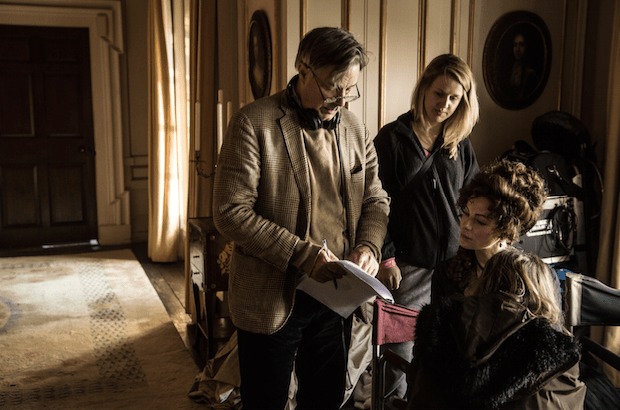
“I directed most of Metropolitan in a comfortable gray suit and tie,” he remembers, “The original inspiration was John Landis who always directed in a jacket and tie because Alfred Hitchcock told him he should do so. So in a sense Hitch told me that too. It was not always so during the Metropolitan shoot—some set photos show me in the usual grubby garb—but for a number of our ‘sensitive’ locations, none of which we were paying for, it helped for the director to look responsible.”
The image of the first-time director, assuaging his own distress with a suit and tie, perhaps echoed in Barcelona’s fictional Ted Boynton tap dancing to “Pennsylvania 6-5000” while reading the Bible to assuage his crippling social anxiety.
It has always been the sublime pleasure of Violet’s “Sambola!” dance craze that Stillman wishes to offer us, his fellow full-on slobs, fumbling towards a happy ending.
…
I asked Whit for a kind of cinema “hope list”, movies best viewed without cynicism—the “great-smelling soap” of American cinema. He lit up instantly: “I think the Motion Picture Production Code needs to be reappraised. So many great films were made in its heyday. Coincidence or causality?”
Here’s his list, all code-safe—35 movies right off the top of his head:
This slideshow requires JavaScript.
Love & Friendship is now playing in New York and Los Angeles. It opens nationwide, 27 May 2016.



